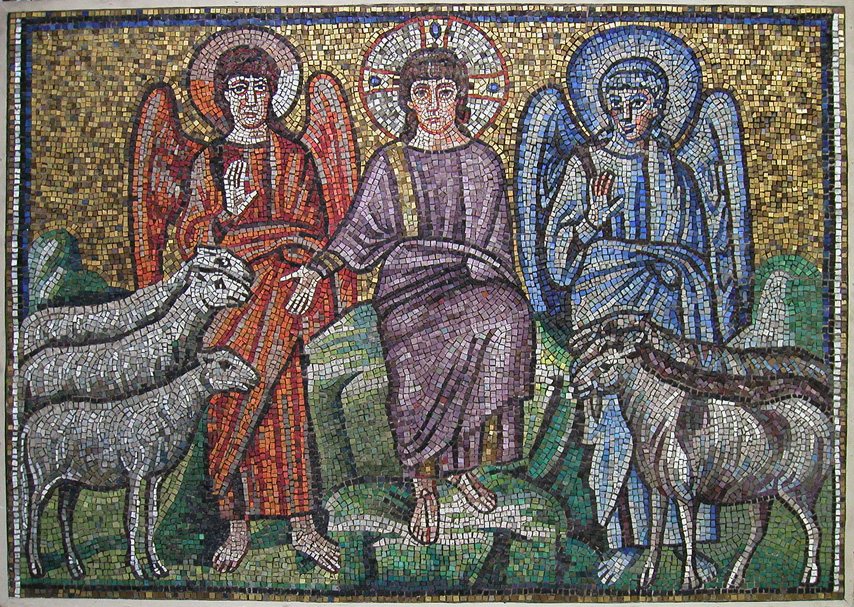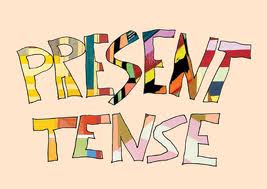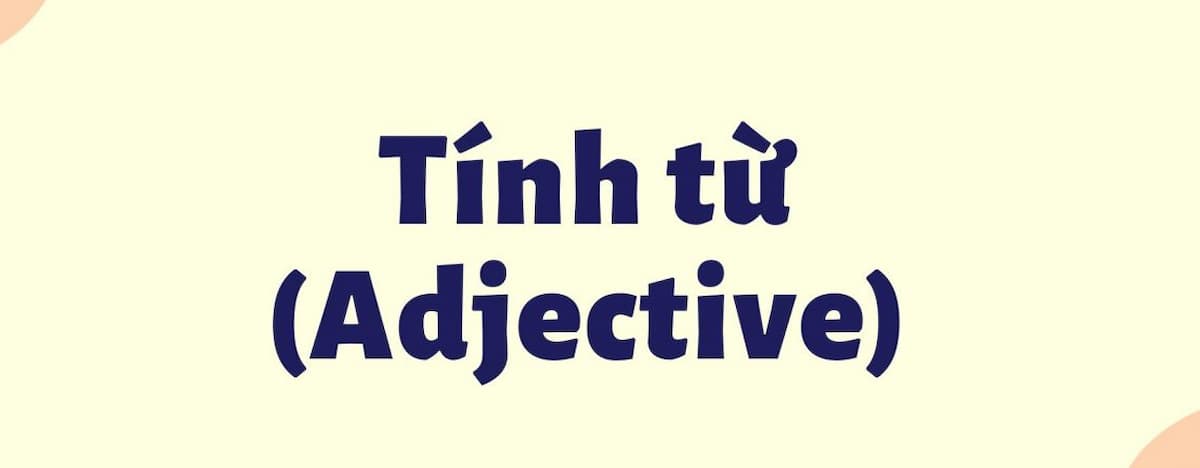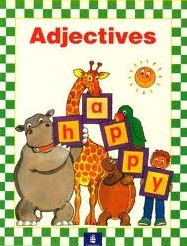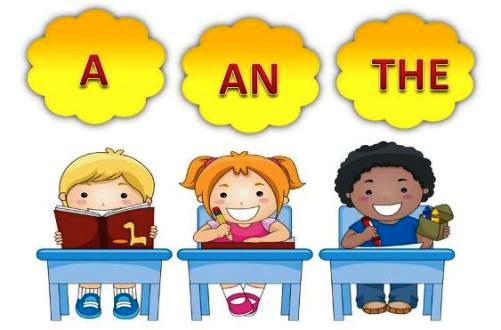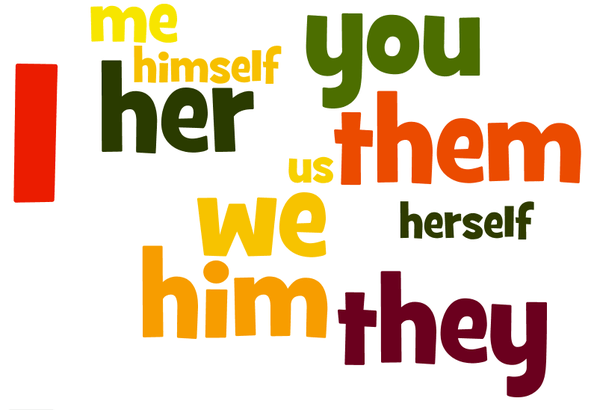Homosexuality is a topic that draws considerable attention from society. Because this is a complicated issue with deep emotional implications for many people, it is necessary to distinguish homosexual orientations and acts. One is determined to be a homosexual “if he or she (1) is attracted physically or erotically by persons of his or her own sex; (2) usually has no similar attraction to the opposite sex; and (3) in many instances has a positive revulsion for sexual acts with a member of the opposite sex.”[1] While the Church welcomes homosexual people into her pastoral care, she insists that the sexual acts between those of the same sexes are morally wrong. As “all the preaching of the Church must be nourished and regulated by Sacred Scripture,”[2] the Church’s teaching on homosexuality is deeply rooted in the Scripture. However, dissent theologians have argued against the Church’s teaching. Therefore, the purpose of this paper is to present some scriptural debates regarding homosexual behaviors and to briefly indicate key principals regarding the Church’s teaching on homosexuality.
Several scriptural passages can be referred as evidence useful to support the Church’s stand on this moral issue. However, the proponents of homosexual acts criticize that evidence in different ways. In Genesis 19, when the two angels visited Lot’s house, the townsmen of Sodom came and asked Lot to bring the two angels to them so that they may have sexual relations. In this context, the Sodomites were trying to perform homosexual rape. Consequently, they were destroyed in the rain of sulfur and fire because of their sexual immorality. Nevertheless, the proponents of homosexual acts deny this interpretation for various reasons. For example, the Hebrew term referring to a sexual act means “to know.” Thus, the proponents do not refer the Sodomites’ demand to sexual relations but to merely their curiosity to know who the angels are. Here, the main cause for their destruction is inhospitality.[3] Therefore, according to this interpretation, this passage is irrelevant as evidence of the condemnation of homosexual acts.
The Old Testament texts that directly condemns homosexual acts are from the Book of Leviticus. “You shall not lie with a male as with a woman; such a thing is an abomination” (Lev. 18:22). “If a man lies with a male as with a woman, they have committed an abomination; the two of them shall be put to death; their bloodguilt is upon them” (Lev. 20:13). The phrase “as with a woman” is traditionally considered to refer to the homosexual behavior between two males. The punishment of this action is death and traditionalists use this interpretation as evidence of the condemnation of homosexual acts. This interpretation was almost universally accepted in the past. However, under the influence of social revolutions which tend to accept same sex relations, an influx of contention about that phrase emerged quickly. For instance, many scholars, such as Browson, Boswell, and Malchow, link the prohibitions in the two verses to the “injunction against the practices of idolatry and the urgency of avoiding the practices of surrounding nations.”[4] That is, the moral logic of the Levitical prohibitions is not isolated from the cultic context. Browson argues that the biological gender distinction in sexual acts is not required by the Law of Leviticus because if it is, why did Leviticus not mention the prohibition of female-female homosexual acts?[5] Boswell argues that the term “abomination” “does not usually signify something intrinsically evil, like rape or theft, but something which is ritually unclean.”[6] These arguments imply that Leviticus was dealing with the religious problems of its time which are no longer problematic in our contemporary era. That is, the prohibition of Leviticus alone is insufficient to establish moral codes regarding homosexuality.
In the New Testament, the evidence against homosexuality can be found in several Pauline texts, such as 1 Cor 6:9-10 and Rom 1:18-32. In Corinthians, “boy prostitutes and sodomites,” which refer to homosexual acts, are among vices that prevent men from inheriting the kingdom of God. The term “sodomites” refers to adult males who indulged in homosexual practices with boys. In Romans, Paul attacks the same-gender sexual relations because they are contrary to the truth revealed in creation. Because of the blindness of the truth, they degrade their bodies through lustful desires. Homosexual acts, shown as consequences of the blindness, are unnatural and shameful. These acts are condemned not only because of excessiveness or exploitation of the acts, such as using sexual slaves, but also because they imply an uncontrolled passion. Paul affirms that they “received in their own persons the due penalty for their perversity” (Rom 1:27). The traditional interpretation is that in creation sexual relations are intended to fulfill the gender complementary of human nature. Therefore, homosexual acts violate the intention revealed in creation.
The proponents of homosexual acts challenge the interpretations in various ways. They try to remove the reference between the terms, translated “boy prostitutes and sodomites” in 1 Corinthians, to same-sex relations. For instance, Browson proposes that the vice lists play rhetorical function to “single out stereotypically abhorrent behavior that is widely regarded in the community with condemnation, ridicule, or rejection.”[7] The lists have limited uses in the ancient time, and they do not create moral codes. As rejecting the traditionalists’ interpretation on Roman 1:18-32, Browson argues that “gender complementary is never directly taught in Scripture in such generic terms.”[8] While he does not reject the authority of the texts, his contrary perspective is based on the underlying moral logic that shapes the texts and its application to contemporary life. In contrast, the Church teaches that the theology of creation found in Genesis tells us that “in the complementarity of the sexes, they are called to reflect the inner unity of the Creator.”[9]
In general, the proponents of homosexual acts do not reject the authority of the Scriptures, but their exegesis rejects the idea that Scripture condemns homosexual acts. Most arguments deny the relevance of Scriptures’ application to the present. For instance, Malchow concluded in his article that “it is possible that any biblical texts that speak against homosexuals are based on prejudices that came out of the society of that day, prejudices that have endured until the present.”[10] However, although biblical authors often involved prejudices in their writings, those arguments are poor. It is because they ignore the content and unity of the whole of Scripture, the living tradition of the whole Church, and the harmony between elements of faith.[11] Cardinal Ratzinger, in his letter to the bishops of the Catholic Church on the pastoral care of homosexual persons, affirms “a clear consistency within Scripture themselves on the moral issues of homosexual behavior.”[12] He also affirms the organic continuity of the Church’s teaching with the Scriptures and the Tradition. Therefore, an interpretation that contradicts to the living Tradition is unacceptable.
It is important to bear in mind that the teaching on homosexuality takes love as its principle and motivation. Thus, as the Church takes charge of directing mankind toward what is truly good, she condemns homosexual acts but not homosexual persons. According to the Church, in the bond of marriage, sexual behaviors are directed toward “two inseparable ends, namely the expression of marital love and the procreation and education of children.”[13] In other words, the unitive character of sexuality must always accompany the procreative character. However, homosexual acts in no way can fully achieve the natural ends of human sexuality. The Catechism of the Church declares that “[Homosexual acts] are contrary to the natural law. They close the sexual act to the gift of life. They do not proceed from a genuine affective and sexual complementarity. Under no circumstances can they be approved.”[14]
Nevertheless, same-sex attraction is not a sin itself because one did not choose their attraction. However, this disordered attraction puts homosexuals in a danger of committing sin. Thus, they need remedies for their conditions in both pastoral and spiritual ways because they also share with us the universal call to holiness. The Church urges them to train themselves in the virtues of chastity and of self-mastery. The USCCB advises that “[the homosexuals] should also seek out the guidance of a confessor and spiritual director who will support their quest to live a chaste life.”[15] In addition, the Catechism of the Church indicates that “at times by the support of disinterested friendship, by prayer and sacramental grace, they can and should gradually and resolutely approach Christian perfection.”[16] Pastorally, friendship and community have crucial roles because the disordered sexual tendencies easily receive negative reactions such as discriminations or boycotts. They really need empathy and compassion from others. Spiritually, those dealing with the disorders of sexual inclinations cannot overcome challenges of their conditions without being in intimate relationship with God.
In conclusion, the Church’s perspectives on homosexuality are not founded on subjective sentiments, but they are rooted deeply in the Scriptures. The place of sexuality in God’s plan is clearly revealed in the Scriptures. Regarding homosexuality, both Old and New Testaments provides various texts against the homosexual behaviors. The proponents of homosexual acts have provided various interpretations to reject the links between those texts and the condemnation of homosexual acts. However, their interpretations are so poor and contrary to natural law and the authentic Tradition. The Church also clearly distinguishes between the tendencies and behaviors of homosexuality. She takes great cares to welcome homosexuals and urges everyone to uphold them with respect, compassion, and sensitivity.
Notes
- William May, Ronald Lawler, and Joseph Boyle, Catholic Sexual Ethics: A Summary, Explanation, & Defense (Huntington: IN, Our Sunday Visitor),287.
- Dei Verbum, no. 21.
- See John Boswell, Christianity, Social Tolerance, and Homosexuality (Chicago: The University of Chicago Press, 1980), 92-5.
- James Brownson, Bible, Gender, Sexuality: Reframing the Church’s Debate on Same-Sex Relationships (Grand Rapids, Mich: Eerdmans), 270. See John Boswell, 100-103; Bruce Malchow, “Scripture as a Norm of Moral Deliberation and Its Application to Homosexuality,” Currents in Theology and Mission 31, no. 6 (December 2004): 471.
- See Brownson, 271-3.
- Boswell, 100.
- Browson, 275.
- Browson, 262.
- The Congregation for the Doctrine of the Faith, Letter to the Bishops of the Catholic Church on the Pastoral Care of Homosexual Persons, no. 6.
- Malchow, 472.
- “Since Holy Scripture must be read and interpreted in the sacred spirit in which it was written, no less serious attention must be given to the content and unity of the whole of Scripture if the meaning of the sacred texts is to be correctly worked out. The living tradition of the whole Church must be taken into account along with the harmony which exists between elements of the faith. It is the task of exegetes to work according to these rules toward a better understanding and explanation of the meaning of Sacred Scripture, so that through preparatory study the judgment of the Church may mature. For all of what has been said about the way of interpreting Scripture is subject finally to the judgment of the Church, which carries out the divine commission and ministry of guarding and interpreting the word of God” (Dei Verbum, No. 12).
- Letter to the Bishops of the Catholic Church on the Pastoral Care of Homosexual Persons, no. 5.
- USCCB, Ministry to Persons with a Homosexual Inclination: Guidelines for Pastoral Care, no. 3.
- Catechism of the Catholic Church, 2357.
- USCCB, no. 7.
- Catechism of the Catholic Church, 2359.
Bibliography
Arinze, Franci. “Seeking a Pastoral Response.” Statement on a recent decision of the Flemish bishops regarding a special blessing for same-sex couples, 2022. Accessed October 27, 2022. https://insidethevatican.com/news/newsflash/letter-113-2022-monday-september-26-arinze.
Boswell, John. Christianity, Social Tolerance, and Homosexuality: Gay People in Western Europe from the Beginning of the Christian Era to the Fourteenth Century. University of Chicago Press, 1980.
Brownson, James. Bible, Gender, Sexuality: Reframing the Church’s Debate on Same-Sex Relationships. Grand Rapids, Mich: Eerdmans, 2013.
Congregation for the Doctrine of the Faith. Declaration on Certain Questions Concerning Sexual Ethics. Rome, December 1975.
Congregation for the Doctrine of the Faith. Letter to the Bishops of the Catholic Church on the Pastoral Care of Homosexual Persons. Rome, October 1986.
Davis, Ellen F. “Reasoning with Scripture.” Anglican Theological Review 90, no. 3 (Summer 2008): 513–19.
Dunn, James. “God’s Wrath on Humankind – from a Jewish Perspectives (1:18-32).” In World Biblical Commentary. Vol. 38, Romans 1-8, 51-76. Nashville: Thomas Nelson Publishers, 1988.
Hartley, John. “Laws Governing the Extended Family (18:1-30).” In World Biblical Commentary. Vol. 4, Leviticus, 280-301. Nashville: Thomas Nelson Publishers, 1992.
______. “Laws with Penalties for Sacrifice to Molek, Sorcery, and Sexual Offenses (20:1-27).” In World Biblical Commentary. Vol. 4, Leviticus, 326-41. Nashville: Thomas Nelson Publishers, 1992.
Heater, Gilbert. “Homosexuality, Chastity, and Beauty Reclaimed: An Examination of Disordered Passion and Perfect Virtue in Aquinas’s Summa Theologiae.” A paper for the course Thomistic Philosophy, Saint Vincent College, 2020.
Krom, Michael. “Chapter 7: Aquinas’s Moral, Economic, and Political Theory Today.” In Justice and Charity: An Introduction to Aquinas’s Moral, Economic, and Political Thought, 177-219. Grand Rapids, MI: Baker Academic, 2020.
Malchow, Bruce V. “Scripture as a Norm of Moral Deliberation and Its Application to Homosexuality.” Currents in Theology and Mission 31, no. 6 (December 2004): 465–72.
May, William, Ronald Lawler, and Joseph Boyle. Catholic Sexual Ethics: A Summary, Explanation & Defense. 3rd ed Huntington, IN: Our Sunday Visitor, 2011.
Norris, Richard, Ellen Davis, William Johnson, Richard Fabian, Victoria Matthews, Barry Morgan, Stephen Bouman, et al. “Some Notes on the Current Debate Regarding Homosexuality and the Place of Homosexuals in the Church.” Anglican Theological Review 90, no. 3 (January 1, 2008).
“Part 3: Life in Christ.” In Catechism of the Catholic Church. 2nd ed. 2016.
Second Vatican Ecumenical Council. Dogmatic Constitution on Divine Revelation Dei Verbum. Rome, November 1965.
Steven Greenberg. Wrestling with God and Men: Homosexuality in the Jewish Tradition. Vol. Updated ed. Madison, Wis: University of Wisconsin Press, 2004.
United States Conference of Catholic Bishops. Ministry to Persons with a Homosexual Inclination: Guidelines for Pastoral Care. November 2006.
[1] William May, Ronald Lawler, and Joseph Boyle, Catholic Sexual Ethics: A Summary, Explanation, & Defense
(Huntington: IN, Our Sunday Visitor),287.
[2] Dei Verbum, no. 21.
[3] See John Boswell, Christianity, Social Tolerance, and Homosexuality (Chicago: The University of Chicago Press,
1980), 92-5.
[4] James Brownson, Bible, Gender, Sexuality: Reframing the Church’s Debate on Same-Sex Relationships (Grand
Rapids, Mich: Eerdmans), 270. See John Boswell, 100-103; Bruce Malchow, “Scripture as a Norm of
Moral Deliberation and Its Application to Homosexuality,” Currents in Theology and Mission 31, no. 6
(December 2004): 471.
[5] See Brownson, 271-3.
[6] Boswell, 100.
[7] Browson, 275.
[8] Browson, 262.
[9] The Congregation for the Doctrine of the Faith, Letter to the Bishops of the Catholic Church on the Pastoral Care
of Homosexual Persons, no. 6.
[10] Malchow, 472.
[11] “Since Holy Scripture must be read and interpreted in the sacred spirit in which it was written, no less serious attention must be given to the content and unity of the whole of Scripture if the meaning of the sacred texts is to be correctly worked out. The living tradition of the whole Church must be taken into account along with the harmony which exists between elements of the faith. It is the task of exegetes to work according to these rules toward a better understanding and explanation of the meaning of Sacred Scripture, so that through preparatory study the judgment of the Church may mature. For all of what has been said about the way of interpreting Scripture is subject finally to the judgment of the Church, which carries out the divine commission and ministry of guarding and interpreting the word of God” (Dei Verbum, No. 12).
[12] Letter to the Bishops of the Catholic Church on the Pastoral Care of Homosexual Persons, no. 5.
[13] USCCB, Ministry to Persons with a Homosexual Inclination: Guidelines for Pastoral Care, no. 3.
[14] Catechism of the Catholic Church, 2357.
[15] USCCB, no. 7.
[16] Catechism of the Catholic Church, 2359.


